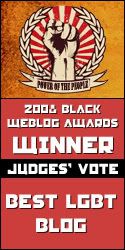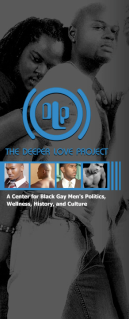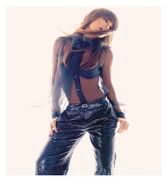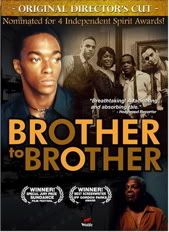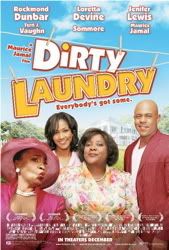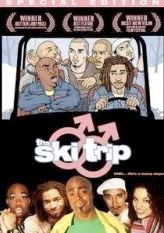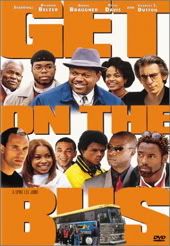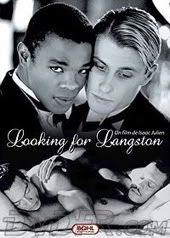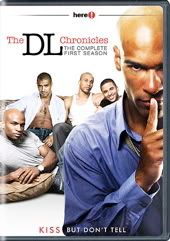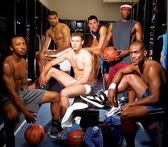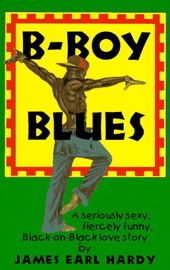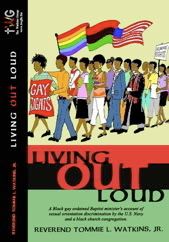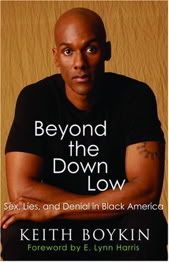 8
comments
|
Monday, November 30, 2009
8
comments
|
Monday, November 30, 2009

Where do you go as an LGBT person of color where you're allowed to be exactly who you are and not fear for your safety? If you live in a major city the answer is most likely your local gay and lesbian center or "gayborhood".
But what if you're black and gay and the world you thought would welcome you as you are turns out to be just as bad as the hostile environment you're trying to escape? This is a problem facing many black Chicago LGBT youth who are retreating from their homophobic neighborhoods on the South and West sides to the heavily gay populated Boystown only to face more obstacles.
The Chicago Tribune reports:
When Antonio Jones walks down Halsted Street in Boystown, he feels more at home here than he did in his old Garfield Park neighborhood, where he used to worry about thugs attacking him for being bisexual.
But all is not bliss for Jones in Boystown either. That's because the 21-year-old college student, who often travels down Halsted wearing baggy pants and a dark coat, knows that -- in an ironic twist -- some residents now view him as a thug.
For a couple of years, this section of the Lakeview community has been trying to figure out how to deal with the young gay men from the city's South and West sides who come to Boystown to visit the Center on Halsted, whose youth programs for the LGBT (lesbian, gay, bisexual, transgender) community make them feel safe, affirmed and valued.
Sometimes the young men leave the center and hang out on the corners in the community, which some residents and patrons of Halsted's gay bars have found off-putting, even along this street known for its colorful and lively night life.
Jim Ludwig, who owns Roscoe's Tavern, a local gay bar, is the president of Triangle Neighbors and a board member of the Northalsted Business Alliance. Some gay patrons also have complained about the youth.
"It's not a race thing, it's a cultural adaptation thing," Ludwig told me. "It's a youth rebellion thing. We're at a loss in trying to figure out what's a good thing for these kids to be doing other than congregating on the corner. Sometimes there are 50 kids. But it's only a handful that doesn't have the social skills regarding sidewalk etiquette, so it intimidates customers and residents."

And black trans youth many of whom are homeless and unemployed have an even tougher time. Chicago Now profiles 21 year-old trans female Adrianna King.
King, born a male and in transition to becoming a woman, said she was turned away from Lakeview homeless shelters because management feared she'd be harassed by other boarders. She said she spent the summer sleeping in parks, abandoned buildings, "L" trains and on the lakefront. When nowhere felt safe, King walked all night through Lakeview's streets, waiting until the Center on Halsted opened so she could crash on its couches.
"I worry, 'How are people going to view me? What do I have to offer?'" said King, who each day heads to the Center on Halsted to see friends and talk to her case manager about jobs. Finding a job is one of the greatest challenges--and a reason so many transgender people are homeless.
The youth, for their part, say they're often the targets of crime--and transgender people, in particular, are vulnerable, as they're more visually different and their mainstream acceptance lags far behind that of gays and lesbians.
"We see a lot of verbal and physical violence against trans youth," said Gabriel Ervin, a youth resource advocate at the Broadway Youth Center. "It's still OK to be outright transphobic."
Thanks Bernie


















































